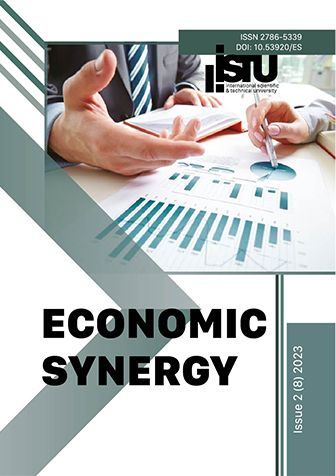THE ROLE OF INNOVATION IN INCREASING THE EFFICIENCY OF PUBLIC ADMINISTRATION
DOI:
https://doi.org/10.53920/ES-2023-2-7Keywords:
публічні послуги, public administration, policy, strategy, e-government, technologies, public participation, public servicesAbstract
The article examines the role of innovations in increasing the efficiency of public administration. In today's world, where public administration faces complex challenges, innovation becomes a necessary tool to ensure successful reform and improve the quality of services. The concept and meaning of innovations in the context of public administration are presented and their benefits are substantiated, such as changing management approaches and methods, using new technologies, and developing strategies. Public administration is an integral part of social development, therefore the implementation of innovative approaches is becoming increasingly important. Thanks to innovation, it is possible to improve the availability and quality of services for citizens, increase the efficiency of management, stimulate innovation potential, increase public trust and develop the innovation ecosystem. In addition, innovation helps to adapt to changes in a changing world. The integration of innovative approaches in public administration is a key factor for achieving progress and development of society. Several ways of involving the public are highlighted, such as public consultations, partnership with public organizations, e-governance, public discussions and forums, public councils and committees, as well as public monitoring. The article notes that public involvement improves the quality of decisions made, provides a wide range of views and beliefs, and strengthens democratic values. It is added that successful public engagement involves taking into account the diversity of society and ensuring systematic and stable cooperation between the government and the public. Public involvement in the management process is also considered and examples of successful implementation of innovations in public management are given. Examples of successful implementation of innovations in public administration are identified. Key aspects such as e-government, open data, digital tools for citizen participation, innovative approaches to environmental management, use of artificial intelligence and mobile applications for public services are considered. Challenges and obstacles that may arise during the implementation of innovations, such as financial constraints and lack of qualified personnel, are systematized. Recommendations are provided for overcoming these obstacles, such as changing organizational culture, finding alternative sources of funding, improving the legal environment, training staff and engaging stakeholders. The ultimate success of innovation in public administration depends on careful analysis and consideration of these challenges and obstacles.







